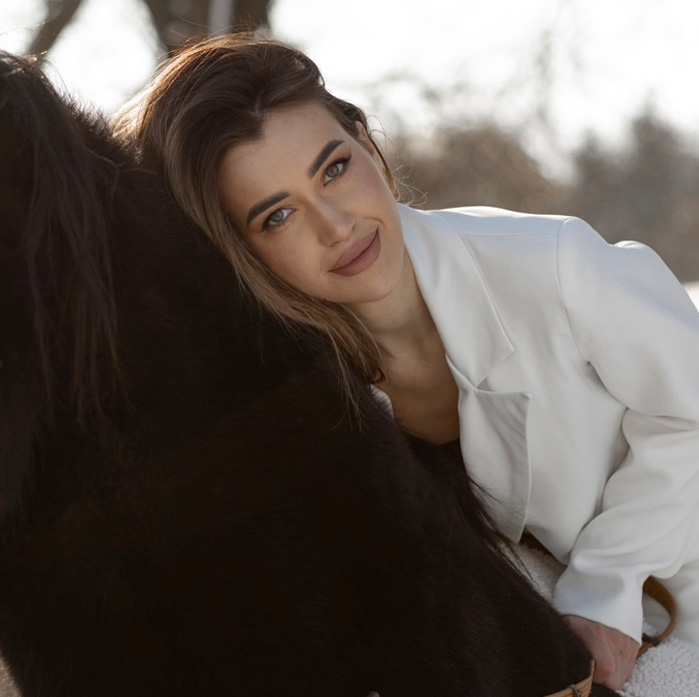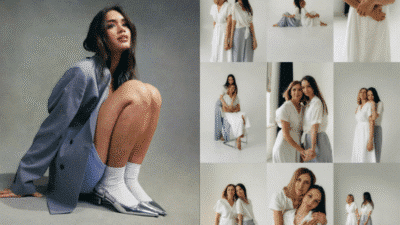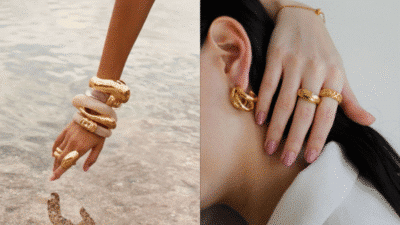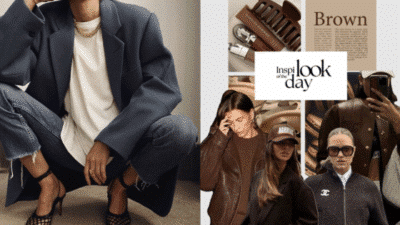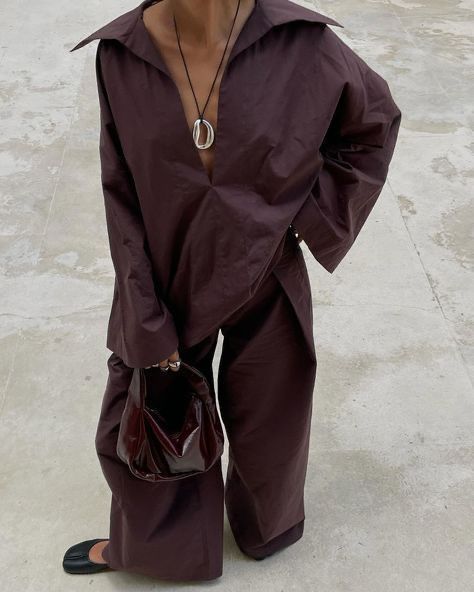
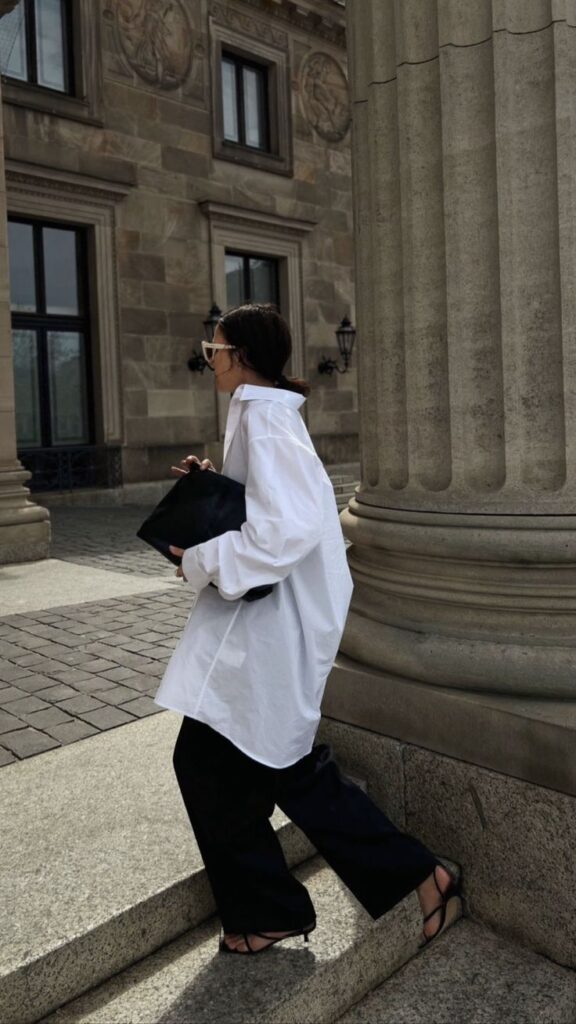
Oversized clothes offer a comfortable and stylish option that fits many body types. The key to styling oversized clothing is to balance the loose fit with well-chosen pieces and accessories to avoid looking shapeless or overwhelmed.
They can work for casual, work, or more formal settings when paired with the right items. Understanding how to mix and match oversized garments helps create looks that feel both fresh and intentional.
With simple tips, anyone can turn big, loose clothes into a polished outfit that reflects their personal style and fits the occasion.
Key Takeways
- Balance oversized clothes with fitted or structured pieces.
- Choose pieces that suit the occasion and body shape.
- Use accessories to add shape and detail to outfits.
Understanding Oversized Clothing
Oversized clothing means wearing pieces that are larger than the usual fit. It offers comfort, style, and a relaxed look. Different fabrics play a big role in how oversized clothes feel and look.
Defining Oversized Fashion
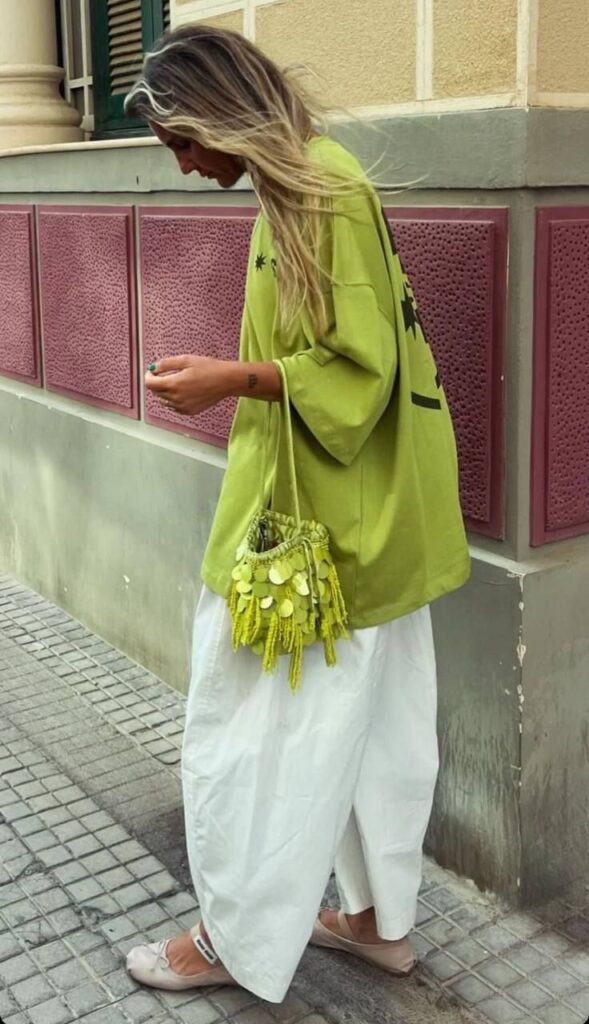

Oversized fashion refers to clothing designed to be bigger than the wearer’s normal size. This can include wide sleeves, loose pants, or giant sweaters. The goal is not just comfort but creating a bold and casual style.
Oversized pieces usually have extra fabric around the body, making them less tight or restrictive. This style is popular in streetwear, high fashion, and everyday outfits. It is about balance and how the clothing fits with the wearer’s shape.
Benefits of Wearing Oversized Clothes
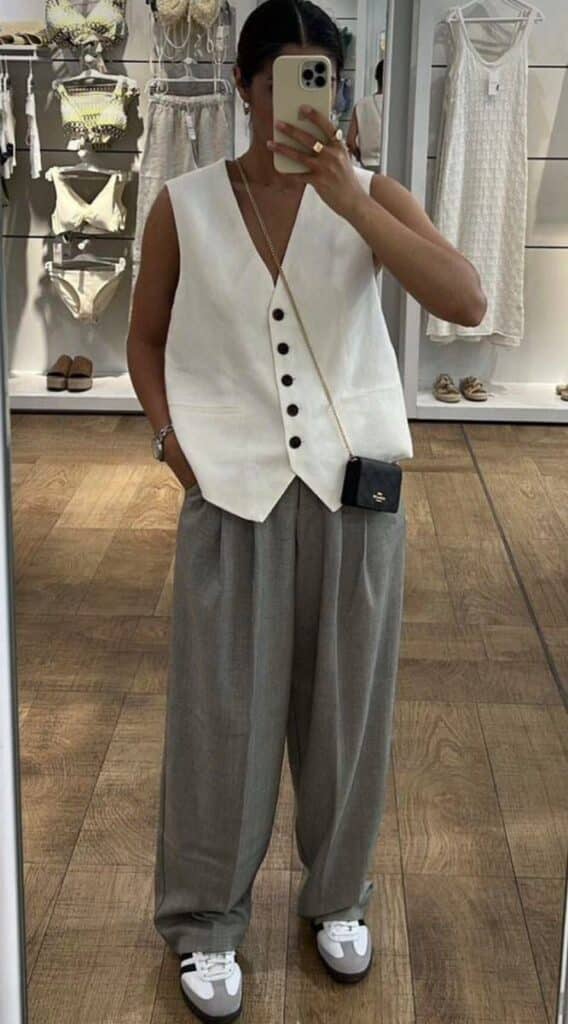
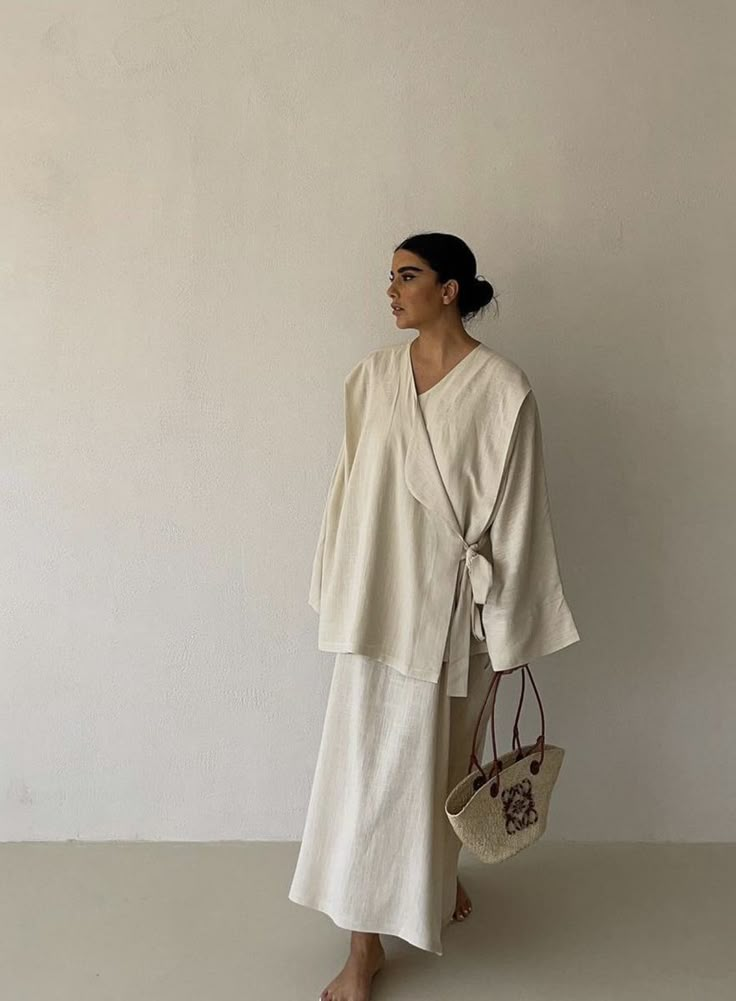
Oversized clothes allow more freedom of movement. They can be more breathable, especially in warm weather. People often choose oversized styles to feel less restricted and more comfortable.
Another benefit is versatility. Oversized items can be layered easily or worn as statement pieces. They also help hide body features someone might want to downplay. This can boost confidence without sacrificing style.
Popular Fabrics and Materials
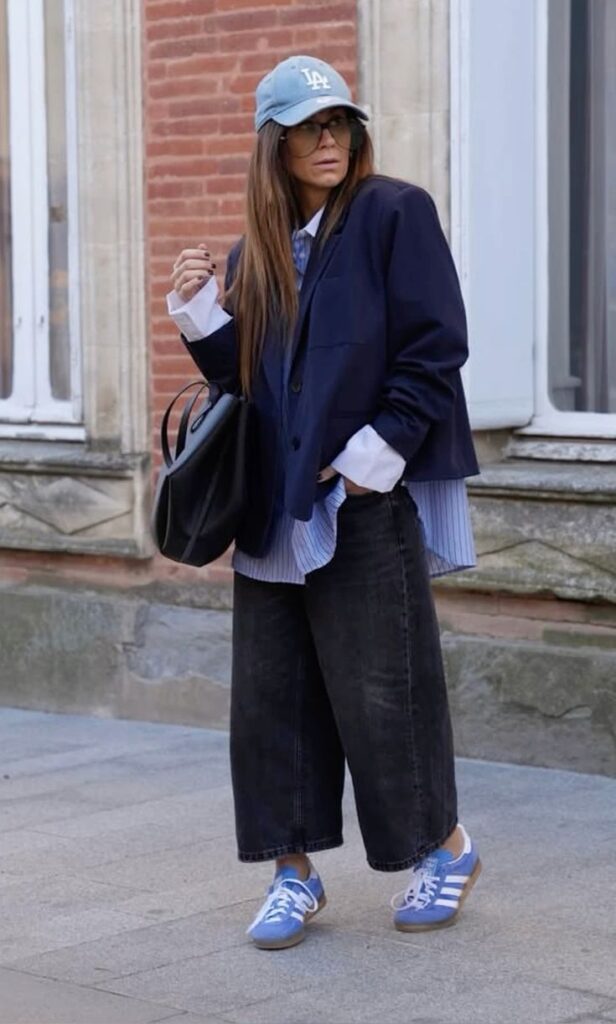
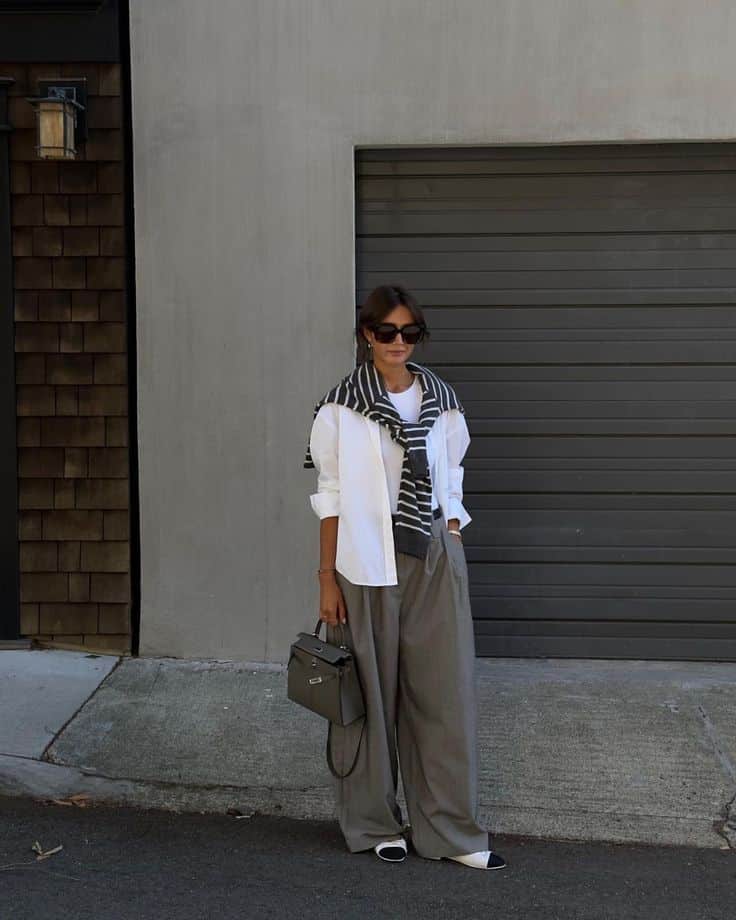
Cotton is the most common fabric for oversized clothing. It is soft and breathable, making large pieces comfortable. Denim is also popular, especially for oversized jeans and jackets, providing structure.
Knitted and fleece fabrics are used for warm, cozy oversized sweaters or sweatshirts. Lightweight materials like linen or rayon are good for oversized summer clothes because they keep cool while still looking loose and flowy.
Choosing the Right Oversized Pieces
Choosing the right oversized clothes means focusing on shapes, key items, and correct sizing. This helps keep the outfit stylish without looking sloppy. The right balance makes oversized clothes work well for any body type.
Selecting Flattering Silhouettes

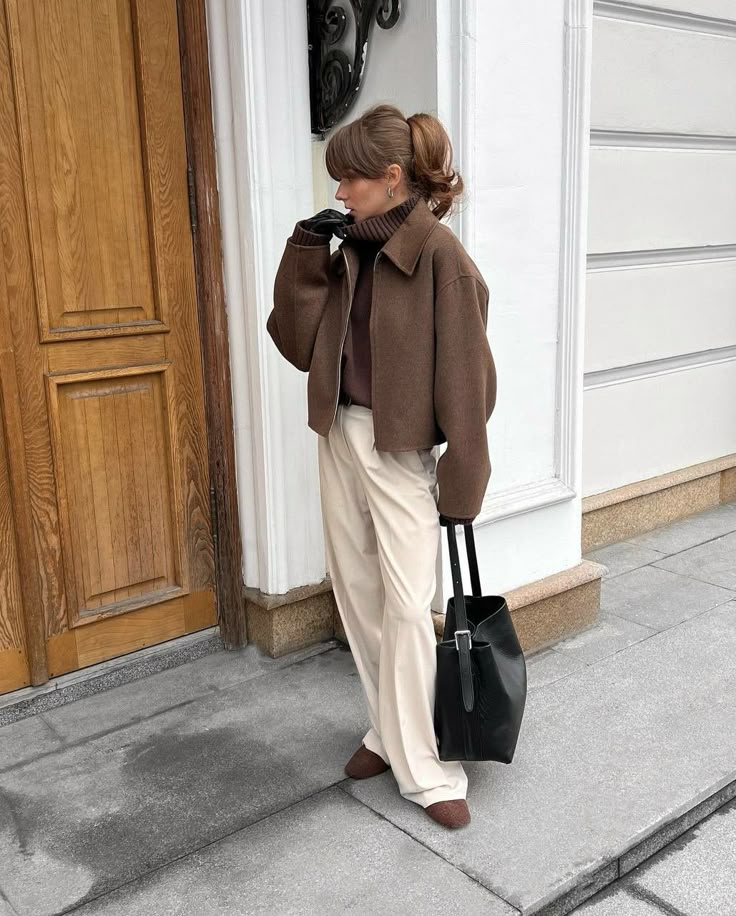
Oversized clothes come in many shapes. It’s best to pick ones that give a clear shape without hiding the body completely. For example, a boxy jacket with defined shoulders can look sharp, while a baggy shirt should still have some structure.
Look for pieces that highlight parts of the body, like a wide-leg pant that cinches at the waist or a large sweater that ends just above the hips. Avoid items that are too loose all over, as they can drown the figure.
The goal is to keep volume in controlled areas and avoid the outfit looking shapeless or overwhelming.
Key Wardrobe Staples
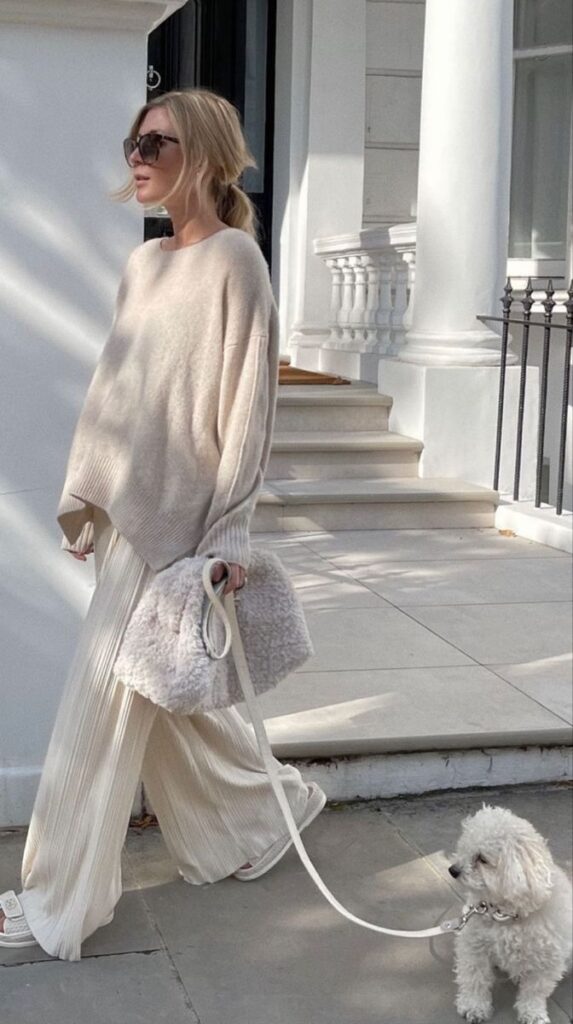
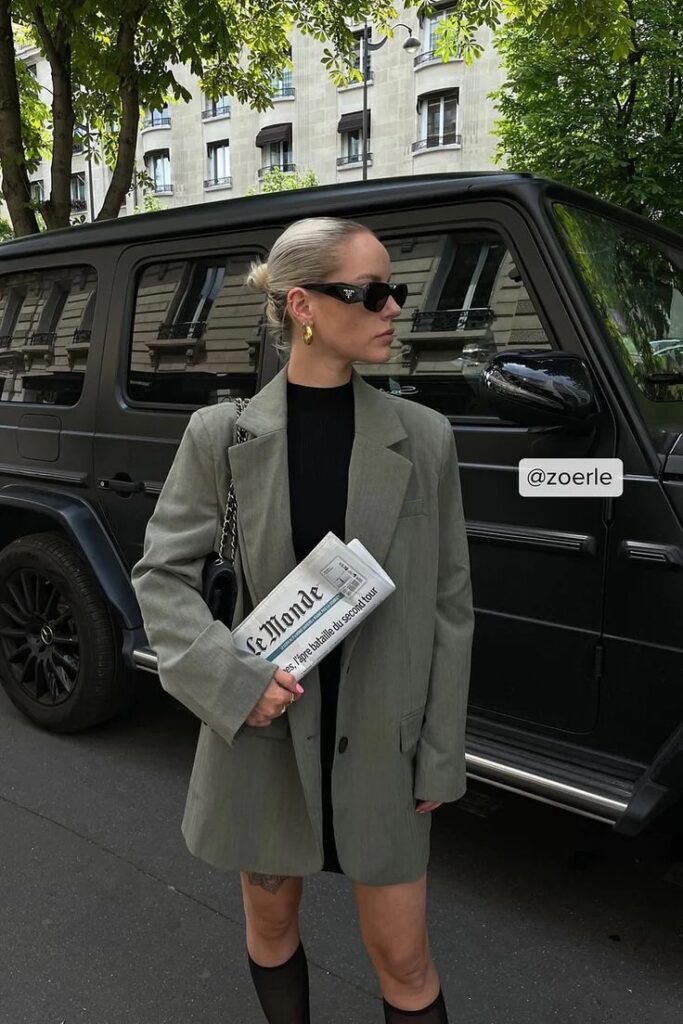
Some oversized clothes work better than others as wardrobe staples. These include:
- Oversized blazers – add polish while offering comfort
- Chunky sweaters – cozy with room to layer
- Wide-leg pants – balance looseness with length
- Longline shirts – simple but stylish
These pieces fit easily with many outfits. They pair well with fitted or simple items to create a mix of tight and loose shapes. Choosing neutral colors like beige, black, or gray for staples makes them easier to style.
Sizing Tips for a Balanced Look

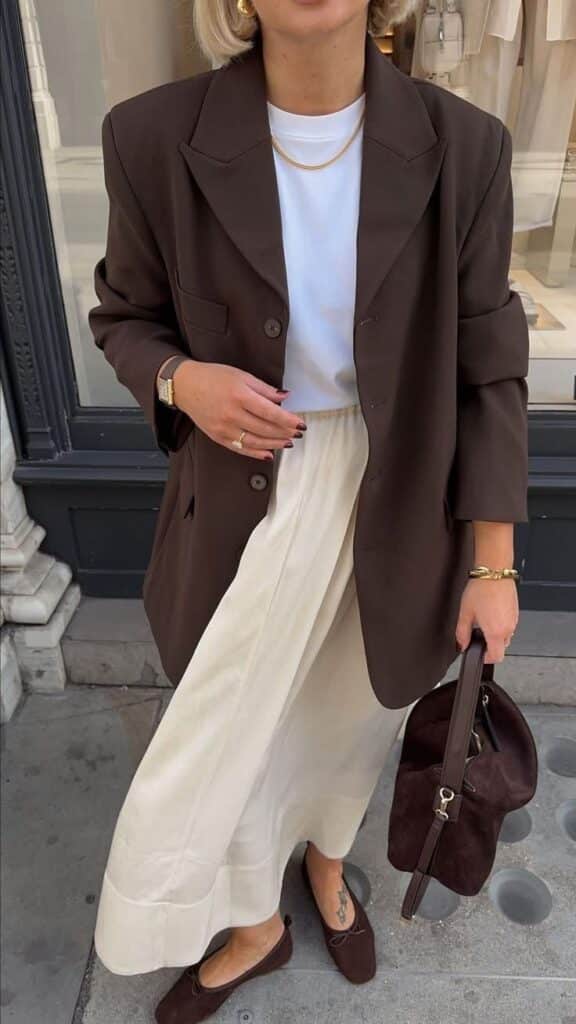
Sizing is important with oversized clothes. It’s not just about picking the biggest size. Instead, look for pieces that feel roomy but still fit well on the shoulders or waist.
If a top is too wide in the shoulders, it can look sloppy. Instead, a slightly larger size with good shoulder fit works better. For pants, the waist should fit right while legs offer looseness.
Trying clothes on and checking how they hang on the body helps find the right balance. Slight tailoring can also improve fit without losing the oversized style.
Fundamentals of Styling Oversized Clothes
Oversized clothing can create a stylish and comfortable look when worn with attention to detail. Key points include managing balance, using layers smartly, and combining different fabrics or patterns to keep the outfit interesting and cohesive.
Proportion and Balance

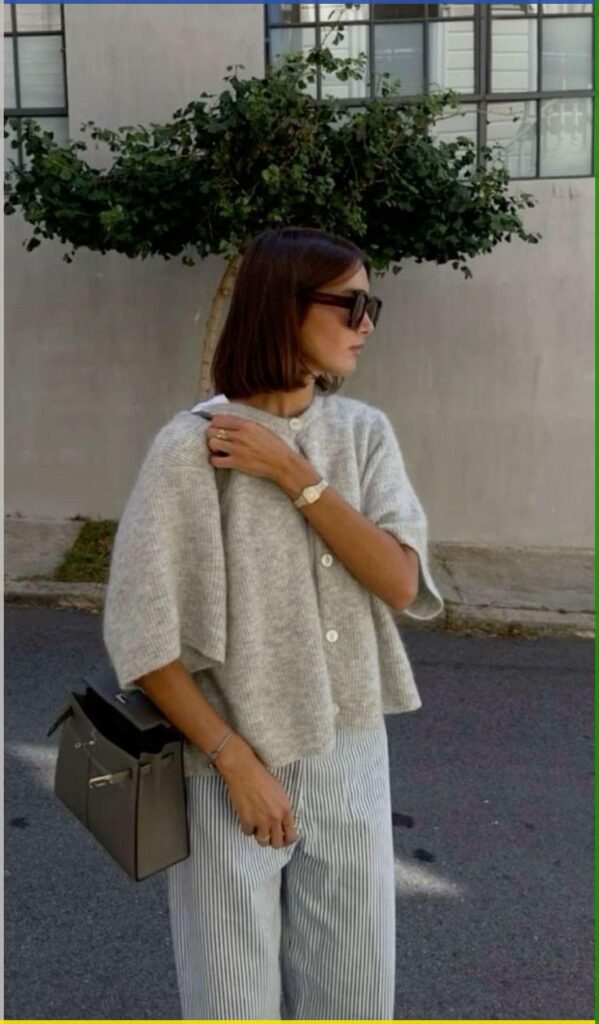
Proportion is crucial when styling oversized clothes. If a top is very loose, pairing it with fitted bottoms, like skinny jeans or tailored pants, helps keep the outfit balanced. This stops the wearer from looking swamped or shapeless.
Balance can work both ways. If the bottoms are oversized, then the top should be more fitted or cropped. The goal is to maintain some shape and avoid a bulky look.
Accessories can also help create balance. A belt can give structure to a big jacket or shirt, showing the waist and preventing the outfit from looking too baggy.
Layering Techniques

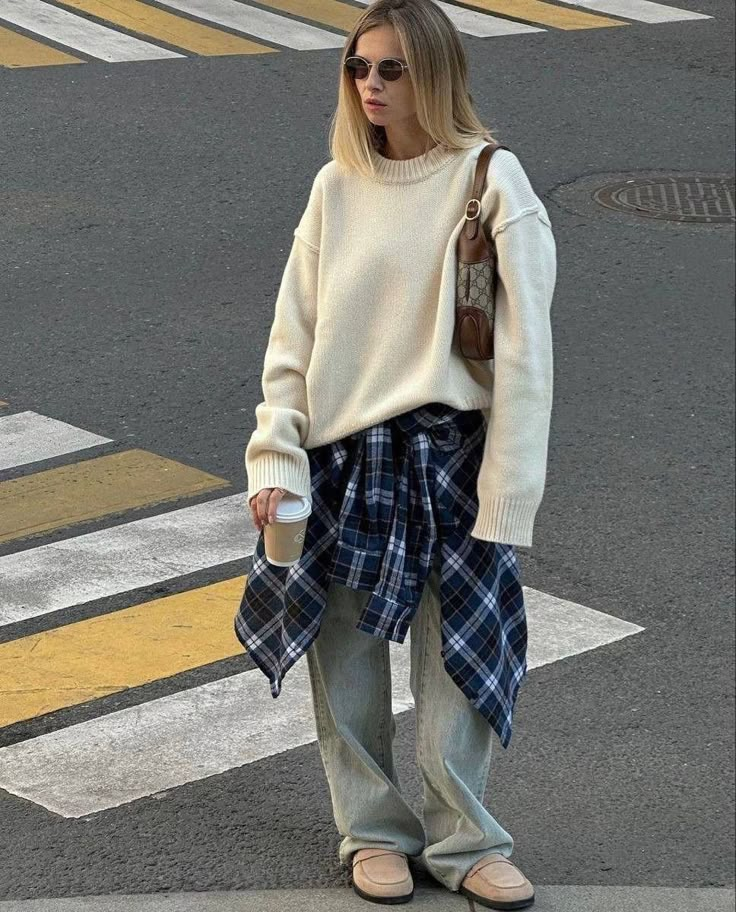
Layering oversized pieces adds depth and interest. Start with a slim-fitting base layer under a large sweater or jacket to avoid adding extra bulk. Thin, breathable fabrics work best for this.
Next, play with lengths. For example, wear a long oversized coat over a shorter top or dress. This contrast creates a clean, sharp look.
Avoid too many thick layers that add weight or puffiness. Instead, focus on mixing a few well-chosen layers that complement each other in shape and size.
Mixing Textures and Patterns
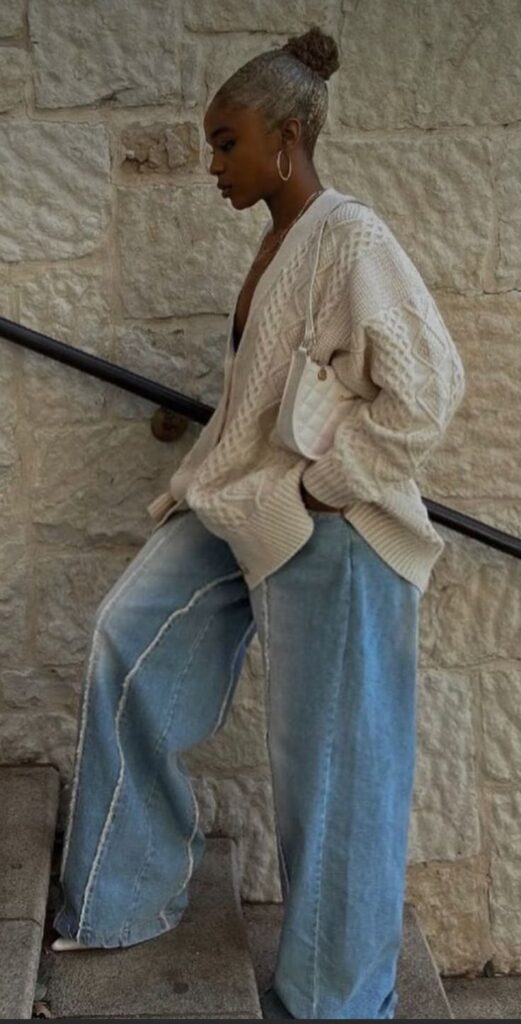
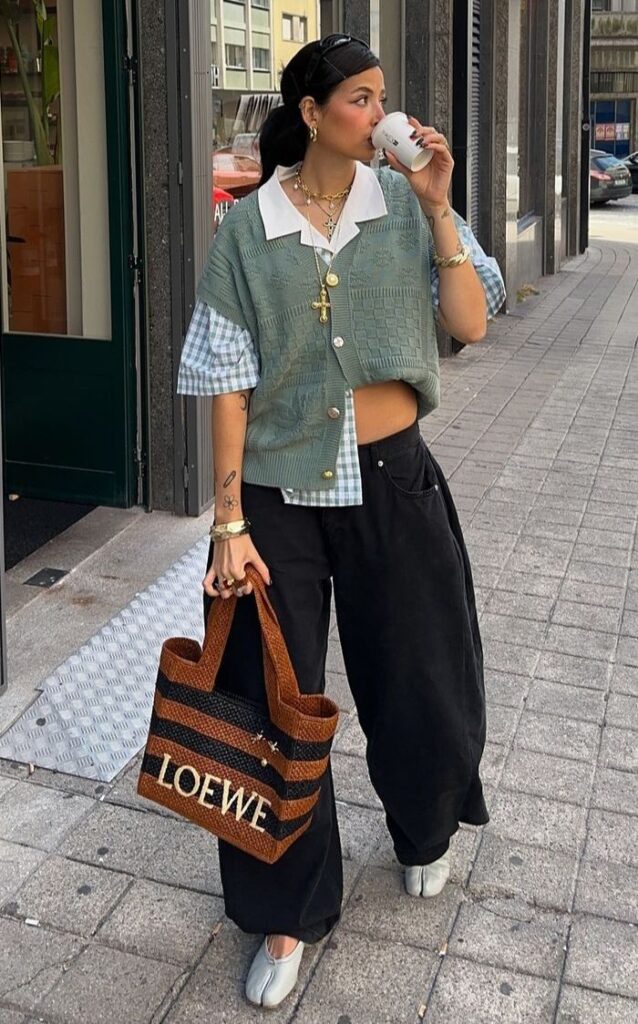
Mixing textures makes oversized outfits more visually appealing. Pair soft fabrics like cotton or cashmere with tougher materials such as denim or leather. This contrast adds dimension.
Patterns should be mixed carefully. Large patterns work well on oversized pieces, but when combined with smaller prints, it prevents the outfit from appearing overwhelming.
Keep colors balanced when mixing patterns or textures. Neutral tones with one statement piece can work better than clashing bright colors in a fully oversized look.
Outfit Ideas for Different Occasions
Oversized clothes can work for many settings when styled right. Pairing them with the right pieces helps balance comfort with style. Choosing the right footwear and accessories also changes the whole look.
Casual Everyday Looks
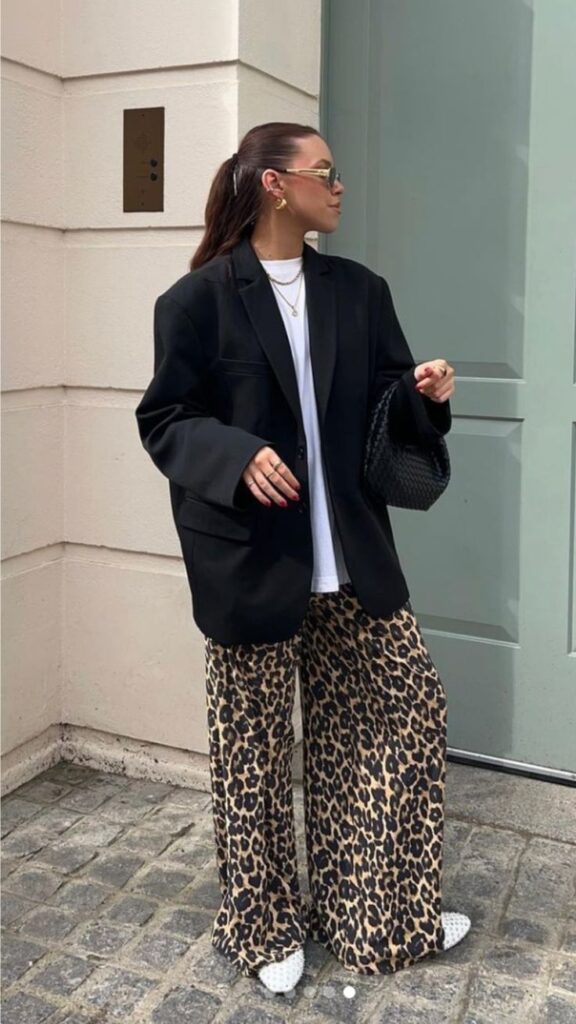

For casual days, oversized t-shirts or hoodies pair well with skinny jeans or fitted leggings. This creates contrast and avoids looking baggy all over. Layering with a denim jacket or a simple long coat adds shape.
Footwear like sneakers or ankle boots keeps the look relaxed. Minimal accessories such as a crossbody bag or small hoop earrings complete the outfit without overpowering it.
Workwear Outfits
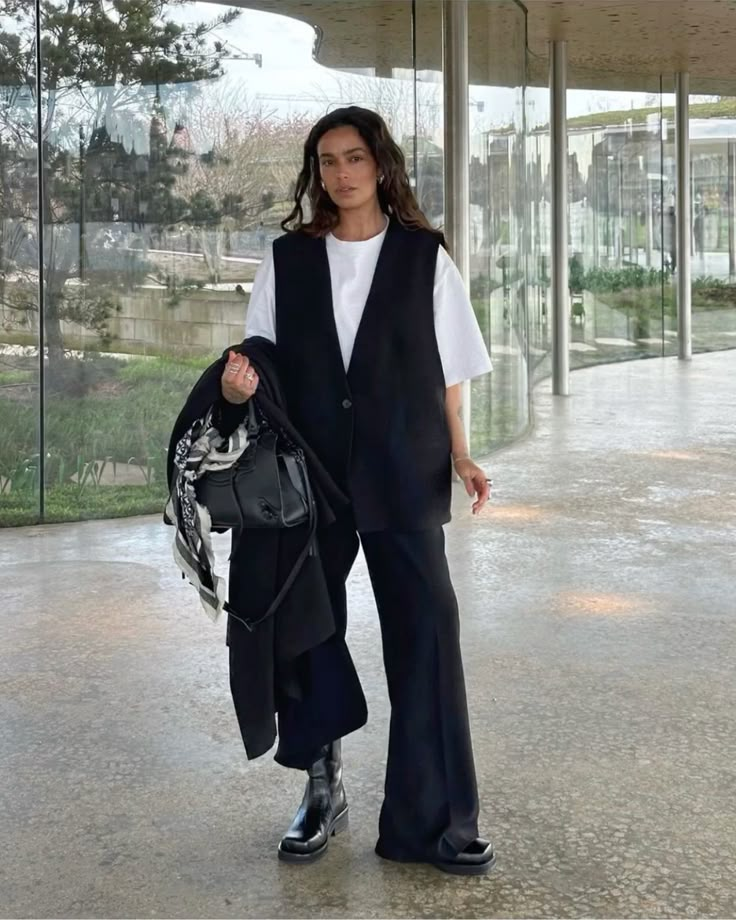
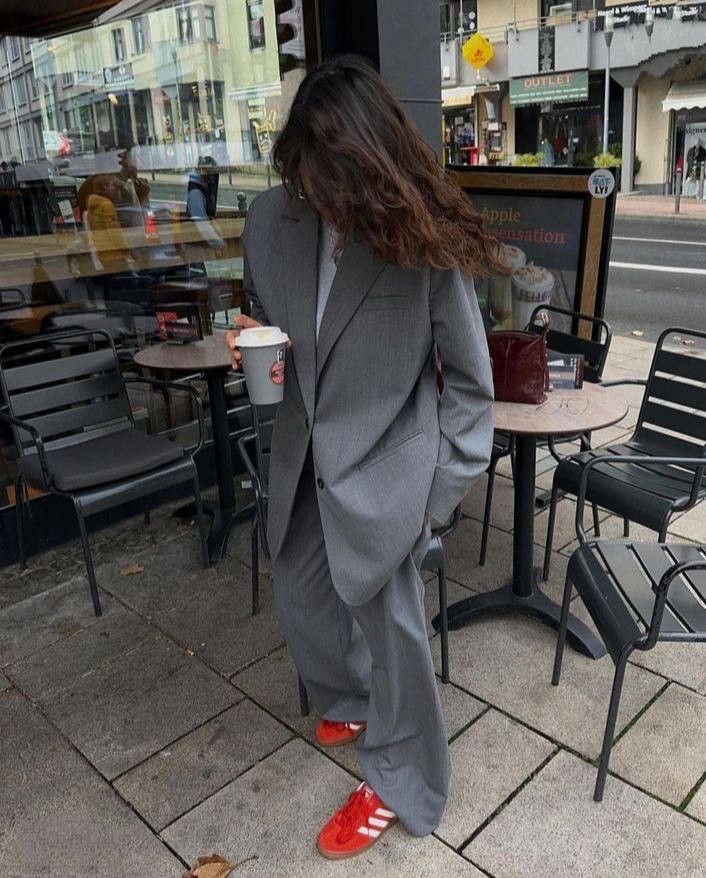
Oversized blazers or button-up shirts can look tailored if worn with slim trousers or pencil skirts. Tucking in the shirt or using a belt creates definition at the waist.
Neutral colors like black, grey, or beige help oversized pieces seem more professional. Closed-toe shoes such as loafers or low heels finish the look neatly.
Evening and Event Styling

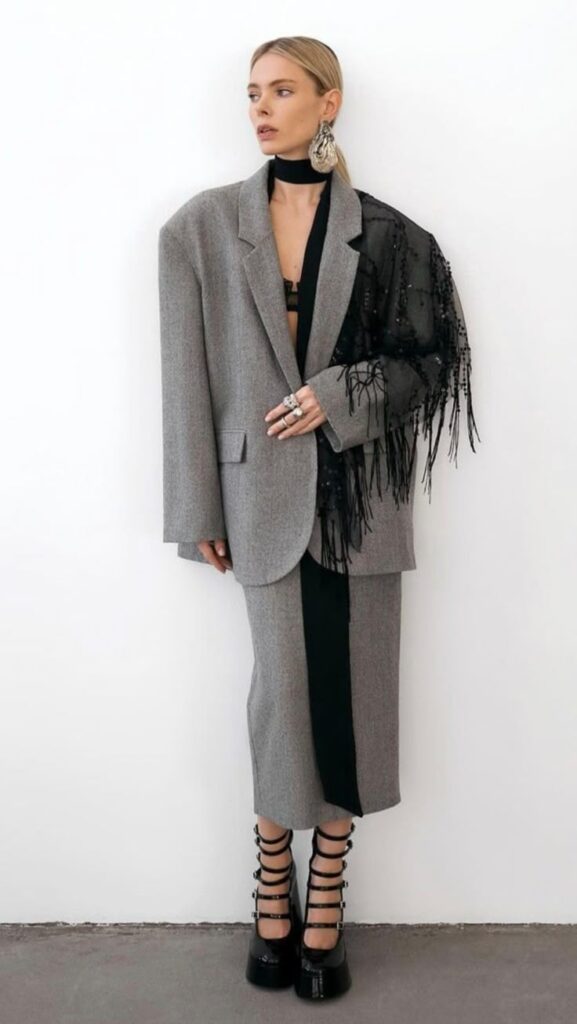
Oversized dresses or coats work well with sleek, fitted items underneath. Adding bold jewelry or a statement clutch raises the outfit’s formality.
Heeled boots or pumps give height and balance wide silhouettes. Styling hair up or adding a sharp makeup look can make oversized fashion feel polished for special occasions.
Accessorizing Oversized Outfits
Accessorizing oversized clothes helps balance the look and add interest. Key details like belts, shoes, jewelry, and bags can define the shape and elevate the style. Choosing the right accessory is important to avoid looking too bulky or shapeless.
Belts and Waist Definition
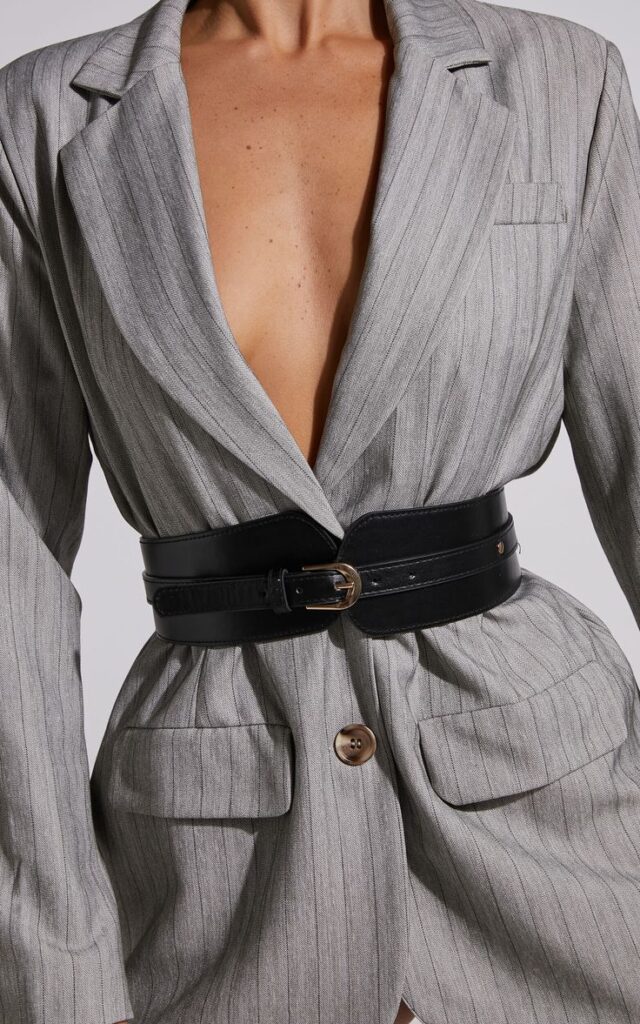
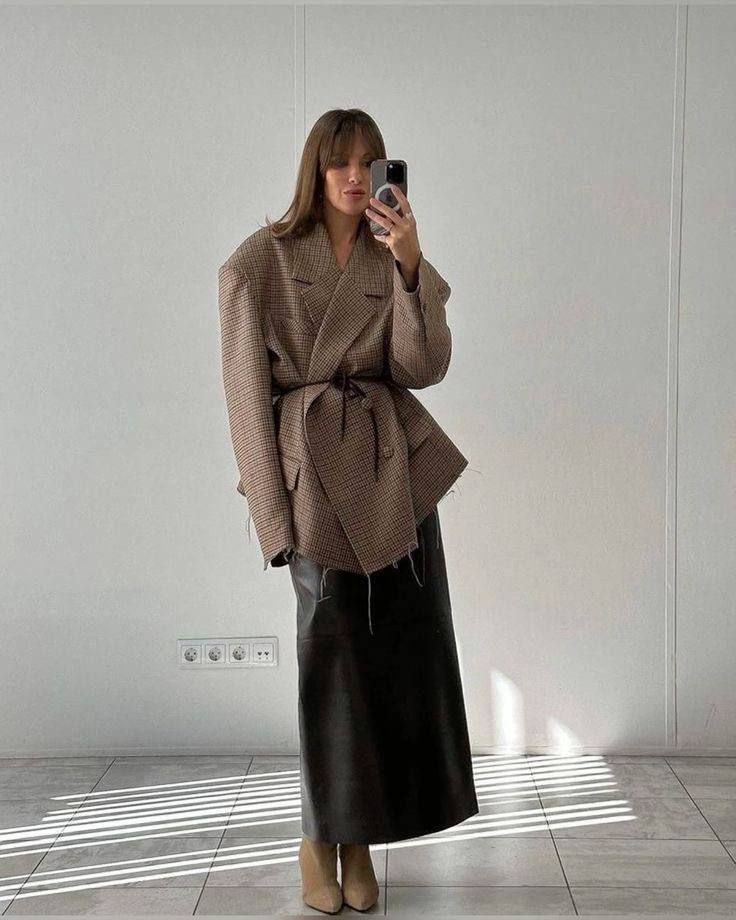
Belts add shape to oversized outfits by highlighting the waist. A wide belt works well over an oversized dress or coat to create a clean silhouette. Thin belts suit tops or cardigans, giving a subtle waistline without overwhelming the look.
Choosing a belt in a contrasting color can break up large pieces and add style. Elastic or adjustable belts are useful for comfort and fit. Avoid belts that are too tight, as they can make the outfit look forced.
Footwear Choices
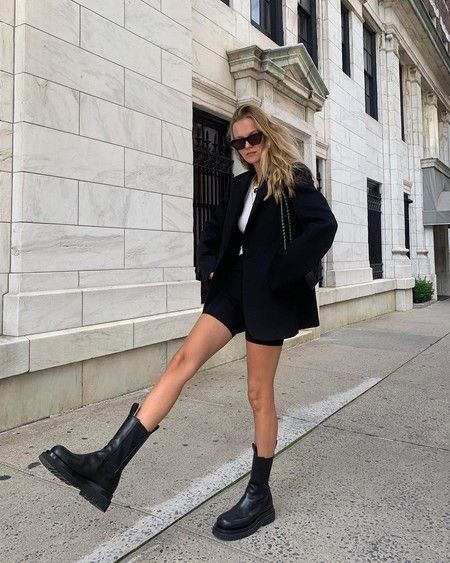

Shoes affect how the oversized outfit feels and looks. Chunky boots or sneakers keep the casual vibe and match the volume of the clothes. Heeled boots or sleek loafers add a polished touch and help balance loose fabrics.
Matching shoe color with one piece of the outfit creates harmony. Avoid overly delicate or tiny shoes unless balancing them with other fitted items. Comfort and proportion are key when wearing oversized clothes with footwear.
Jewelry and Bags

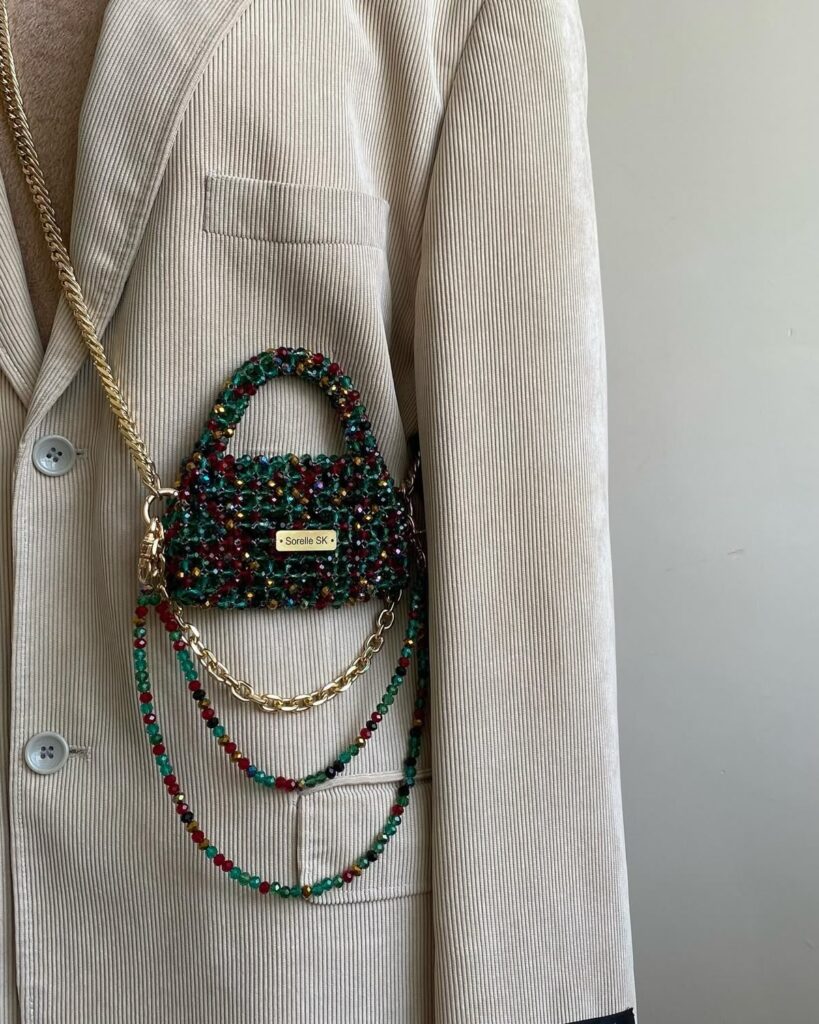
Simple jewelry works best with oversized looks to avoid clutter. Hoop earrings, thin chains, or minimal rings add just enough shine without competing with the clothing’s size.
Bags should be chosen based on size and shape. Structured bags, like boxy handbags or crossbodies, create contrast with loose outfits. Large slouchy bags can add bulk, so use them carefully to keep the look balanced.
Styling Tips for Different Body Types
Choosing oversized clothes that fit well depends on body shape. Balancing volume and shape helps create a flattering look. Using layers, colors, and proportions can highlight strengths and avoid overwhelming the frame.
Petite Frames
People with petite frames should avoid very long or baggy oversized clothes that swallow their figure. They benefit from cropped tops or jackets paired with high-waisted pants or skirts. This lifts the waist and elongates the legs.
Slim, tailored oversized pieces, like a blazer that nips in slightly at the waist, work better than loose, shapeless garments. Keeping sleeves rolled up or choosing 3/4 length can help avoid extra bulk.
Light colors and vertical lines can add a lengthening effect. Pairing oversized items with fitted pieces keeps the look balanced and prevents the outfit from looking too heavy.
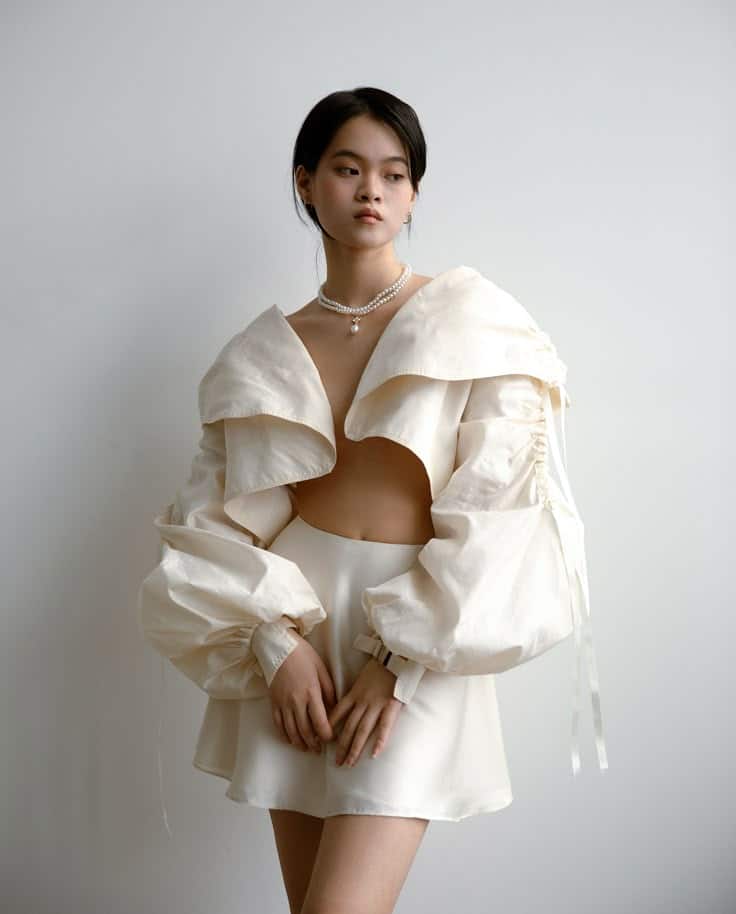
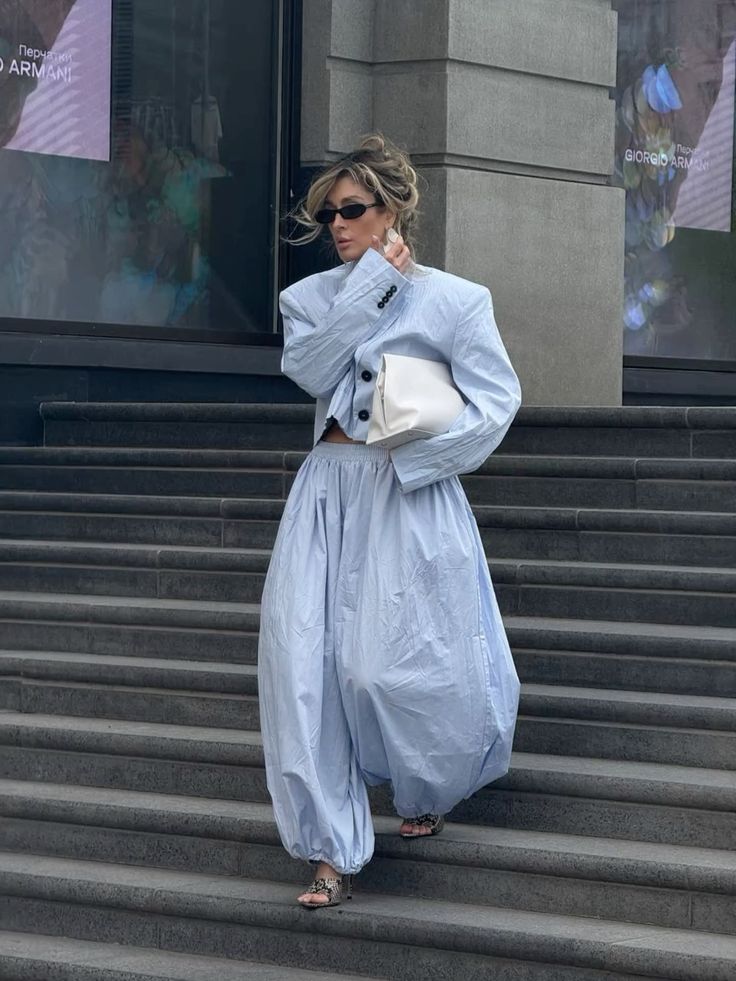
Tall and Slender Figures
Tall and slender people can wear oversized clothes without risk of looking overwhelmed. They can pull off flowy dresses, wide-leg pants, and oversized sweaters.
Layering works well; for example, an oversized shirt over a fitted turtleneck adds texture without adding bulk. Long coats or cardigans look elegant and add softness.
Because height adds presence, bold colors and big patterns suit oversized items on these figures. Mixing different textures, like denim and knitwear, can add interest while maintaining balance.
Curvy and Plus Size Styling


Oversized clothing can be flattering for curvy or plus size bodies when chosen carefully. Structured pieces that define the waist help keep shape visible.
Using belts over loose tops or dresses creates a clear silhouette. Dark, solid colors on oversized items can slim while still offering comfort.
Layering works here too: a fitted tank under an oversized cardigan or jacket balances volume. Avoid boxy items; instead, pick soft fabrics that drape well and avoid adding bulk. Tailored oversized pieces, like an A-line coat, highlight curves without hiding them.
Seasonal Styling Strategies
Dressing oversized clothes changes with the weather. Adjusting layers and fabric choices can keep comfort and style balanced all year.
Layering for Fall and Winter
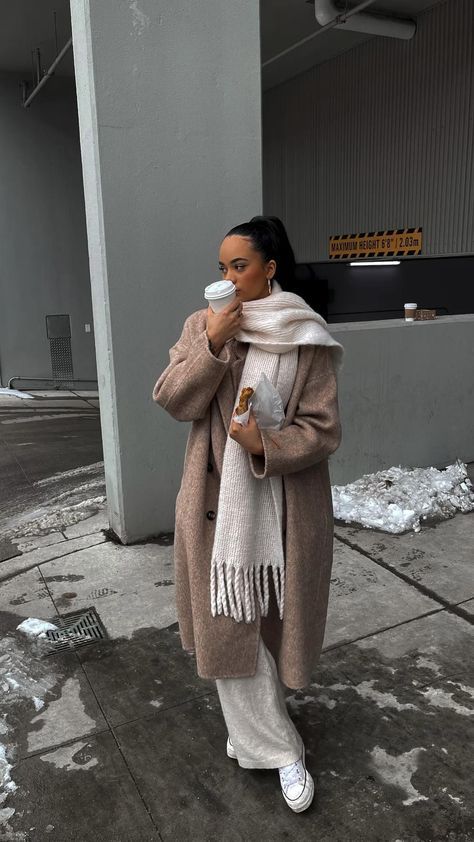
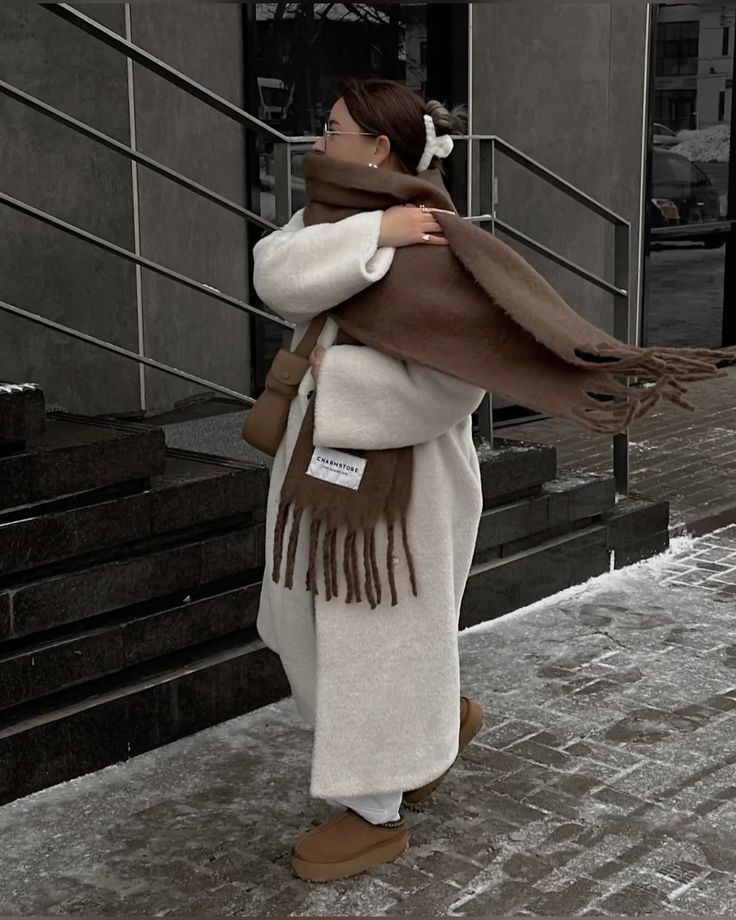
Layering is key when styling oversized pieces in cold weather. Start with a fitted base layer to avoid bulk.
He can pair a slim turtleneck under an oversized sweater for warmth and shape. Add a long coat or a chunky scarf for extra layers without feeling overwhelmed.
Thick fabrics, like wool or fleece, work well with oversized styles. Wearing tight pants or leggings helps balance top-heavy looks. Boots with structure give the outfit definition.
Accessories like gloves or hats add warmth and style. Keeping colors neutral or matching helps maintain a polished appearance.
Cooling Looks for Spring and Summer


Light fabrics like cotton, linen, or rayon keep oversized clothes breathable in warm weather. She should choose oversized shirts or dresses with loose weaves.
Short sleeves or sleeveless versions stop overheating. He can wear oversized clothes in pastel or light tones to reflect heat.
Pair oversized tops with shorts or slim pants to avoid a heavy look. Sandals or sneakers complete the relaxed feel.
Simple accessories, like sunglasses or a light hat, add function without extra weight. Minimal layers keep the outfit cool and comfortable.
Incorporating Trends With Oversized Fashion
Oversized clothing can be updated by adding current colors and celebrity-inspired ideas. Paying attention to popular shades and how stars wear big clothes helps make outfits look fresh and stylish.
Color Trends
Bright, bold colors have gained popularity in oversized fashion. Shades like neon green, electric blue, and hot pink stand out well on large shapes. Earth tones such as olive, rust, and beige also work by giving a natural, warm feel.
Using color blocking is a smart way to style oversized clothes. Pairing contrasting colors, like a bright yellow jacket with deep navy pants, creates a balanced look.
Soft pastels like lavender and baby blue are trending too. These colors add a gentle, calm vibe to oversized sweaters and coats.
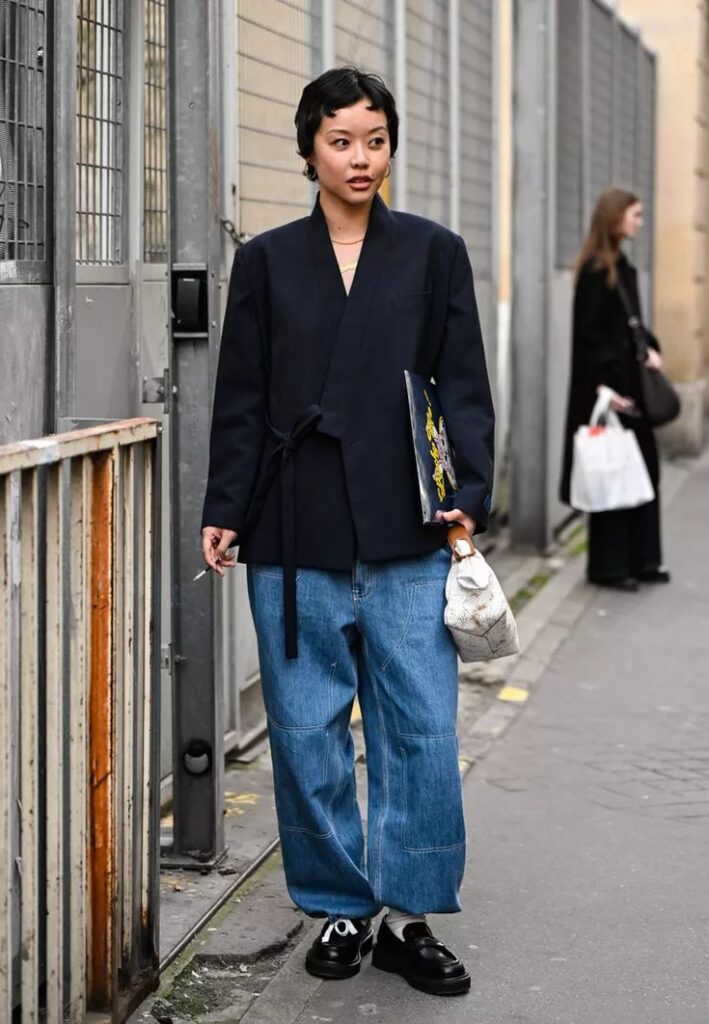
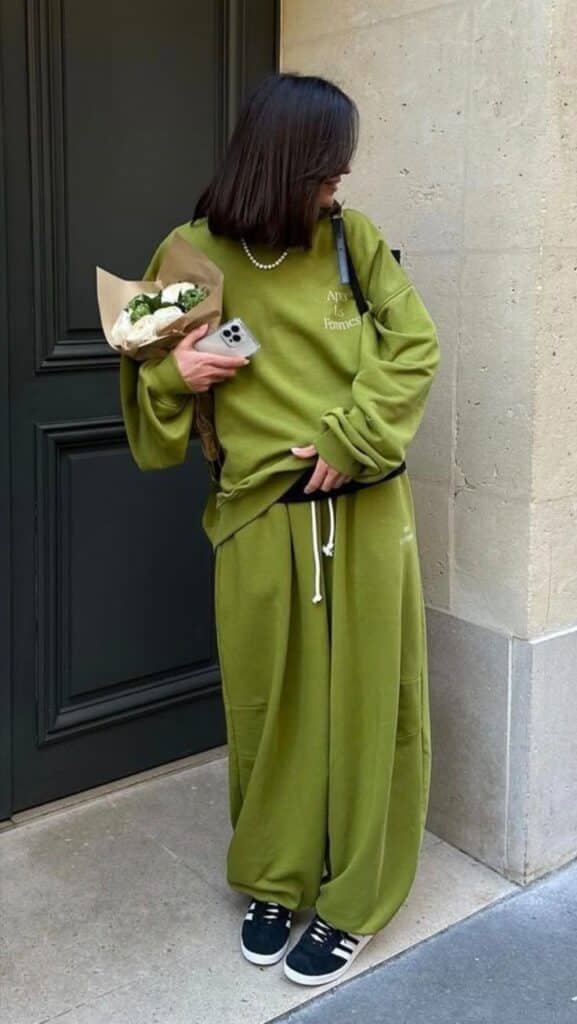
Inspired Celebrity Looks
Celebrities such as Billie Eilish and Virgil Abloh show how to wear oversized clothes with confidence. Billie often pairs oversized hoodies with slim pants and bold sneakers. This mix keeps the outfit balanced.
Virgil Abloh blends oversized jackets with tailored trousers. This style adds structure to the loose fit without losing comfort.
Rihanna also popularizes oversized suits with statement accessories. Large gold chains or bright bags add personality to the oversized silhouette.
These looks emphasize mixing loose clothes with fitted pieces or strong accessories for a modern vibe.
Maintaining the Longevity of Oversized Garments
Taking care of oversized clothes properly can keep them looking good for a long time. How they are washed and stored plays a big role in preserving their shape and fabric quality.
Washing and Care Tips
Oversized clothes should be washed gently to avoid stretching or damage. Use cold water and a mild detergent to protect the fabric. Avoid bleach as it can weaken fibers.
Turn garments inside out before washing to reduce friction on the surface. If possible, wash oversized items by hand or use the delicate cycle on a washing machine.
Dry oversized clothes flat on a clean towel instead of hanging them. Hanging can cause seams and fabric to stretch out. Avoid wringing out water to keep the fabric from losing shape.
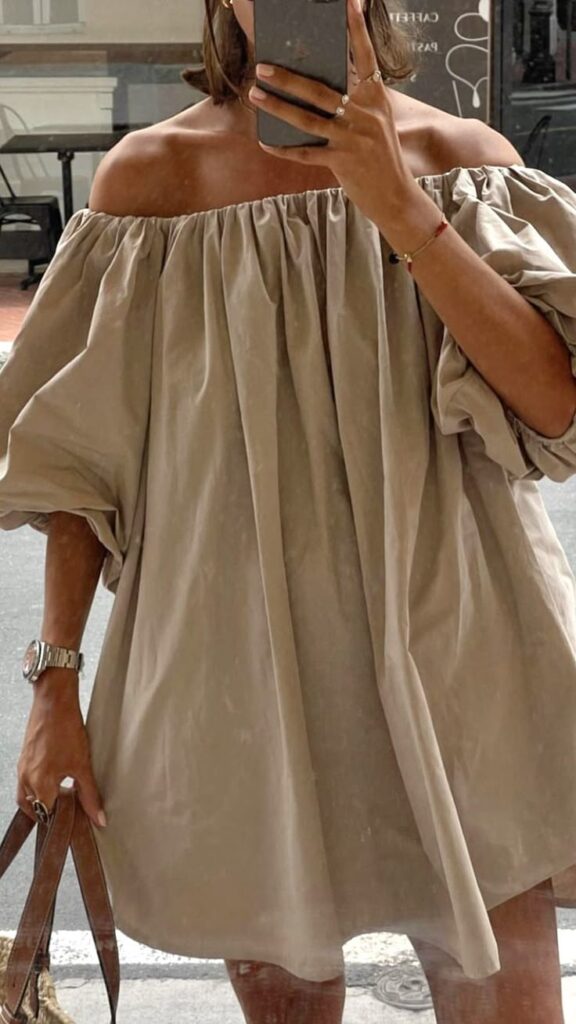
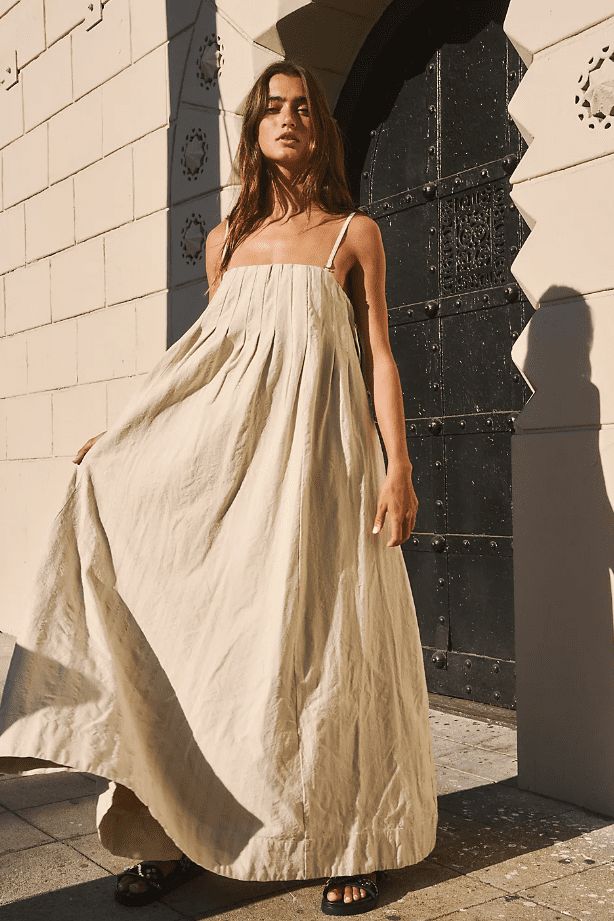
Proper Storage Solutions
Oversized garments need space to avoid wrinkles and misshaping. Fold heavy sweaters and stack them on shelves to prevent fabric strain from hangers.
For oversized outerwear, use wide, padded hangers that support the shoulders without stretching the garment. Avoid wire hangers as they can cause dents.
Store clothes in a cool, dry place away from direct sunlight. Use breathable garment bags for extra protection against dust and pests. This helps keep fabrics fresh and intact.
- 2.0Kshares
- Facebook0
- Pinterest2.0K
- Twitter0
- Reddit0
